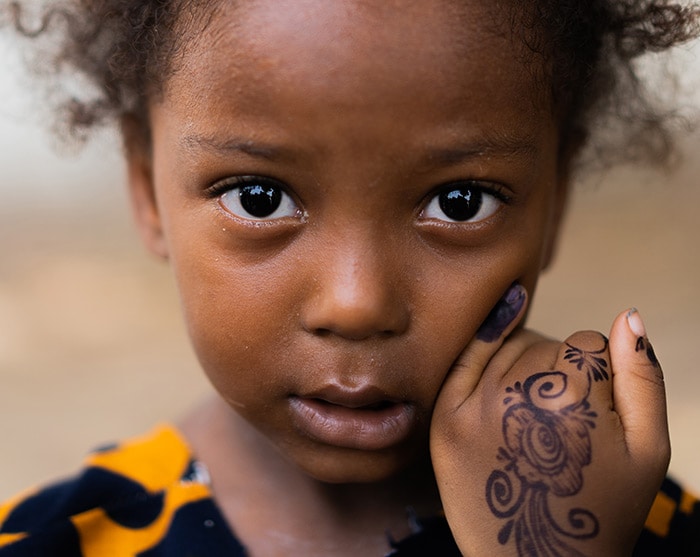What CDC is Doing About Global Polio
Updated September 27, 2023

In 2022, a five-year-old girl in Yemen showed that her finger had been marked to indicate that she received a polio vaccine. Since its launch in 1988, GPEI has helped more than 2.5 billion children receive polio vaccines. Credit: ©UNICEF/U.S. CDC/UN0684452/Hayyan
CDC plays a critical role in eradicating polio by providing scientific leadership and guidance at the global, regional, and country levels to implement evidence-based strategies to stop polio worldwide. Learn about polio elimination in the U.S.
CDC has been a part of the Global Polio Eradication Initiative (GPEI) since it started in 1988. Since then, CDC has worked closely with GPEI’s other core partners:
GPEI has helped countries make significant progress in protecting the global population from poliovirus and the debilitating disease it can cause. Since 1988, global polio cases have decreased by more than 99%. As a result, an estimated 20 million people who would have been paralyzed by the disease are walking today, and more than 1.5 million lives have been saved.
Engaging with Countries That Have Polio Cases and Outbreaks
Governments and health workers are at the frontline of the fight to end polio. CDC experts support these efforts by providing technical assistance in:
- Planning vaccination campaigns, helping countries reach all children with polio vaccines.
- Outbreak response, helping countries deploy vaccines in response to prevent further spread of poliovirus. Learn about poliovirus outbreaks.
- Strengthening surveillance, ensuring countries detect poliovirus spread in a timely matter.
- Research, helping countries overcome specific barriers to polio eradication. For example, CDC experts are assisting the government and health workers in South Sudan and other countries on projects to ensure that biological samples stay at the proper cold temperature on the way to laboratories, where they are tested for poliovirus.
Global Polio Eradication Initiative’s Polio Eradication Strategy 2022-2026 describes key activities partners should take to achieve the goal of ending polio.
Partnering with Communities Affected by Polio
CDC provides support to ensure services reach every community, engages community leaders to raise awareness of polio immunization campaigns, trains teams conducting vaccination activities, and strengthens surveillance to detect and address any gaps in vaccination.
A strong workforce is key to controlling the spread of polio, and CDC helps to ensure trained public health professionals are ready to respond.
Examples include:
- The STOP Program, which recruits, trains, and deploys a public health workforce that has been engaged in the global fight to eradicate polio for over 20 years.
- The Field Epidemiology Training Program (FETP), which trains health workers in countries affected by polio to serve as “disease detectives” who provide hands-on support to detect and respond to suspected cases.
Partnering with Governments, Communities, and Other Health Services to Deliver Vaccines
To prevent the spread of poliovirus, it is critical to vaccinate children in areas where the virus is already circulating and other areas that are at risk due to population movement.
CDC and GPEI partners are actively engaged in:
- Conducting immunization activities to increase population immunity and minimize the risk of further spread of the virus. To ensure the virus does not establish or reestablish itself in populations across the world, countries conduct both routine immunization (vaccinating infants under 1 year of age) and mass vaccination campaigns (vaccinating all children in areas experiencing or at risk of outbreaks).
- Helping countries collect, analyze, and use data to assess the effectiveness and efficiency of their ongoing immunization campaigns.
- Innovating with novel approaches to find communities that have been missed by vaccination programs and to vaccinate all children.
Detecting Cases and Outbreaks Quickly
CDC researchers and epidemiologists help collect, analyze, and interpret data from vaccination and disease detection activities to better understand the source of the virus and how it’s spreading. From there, they guide program planning and policy development.
Since GPEI started, the CDC Polio Laboratory has served as a WHO Global Specialized Reference Laboratory and has helped WHO build the Global Polio Laboratory Network (GPLN), a three-tier system of more than 140 laboratories worldwide.
CDC’s laboratories provide critical diagnostic services, study the genetic makeup of polioviruses, and develop novel techniques and products that help to advance the global effort to eradicate polio.